11 Best High-Sodium Foods To Include In Your Daily Diet
These foods offer some health benefits, but remember that moderation is key.
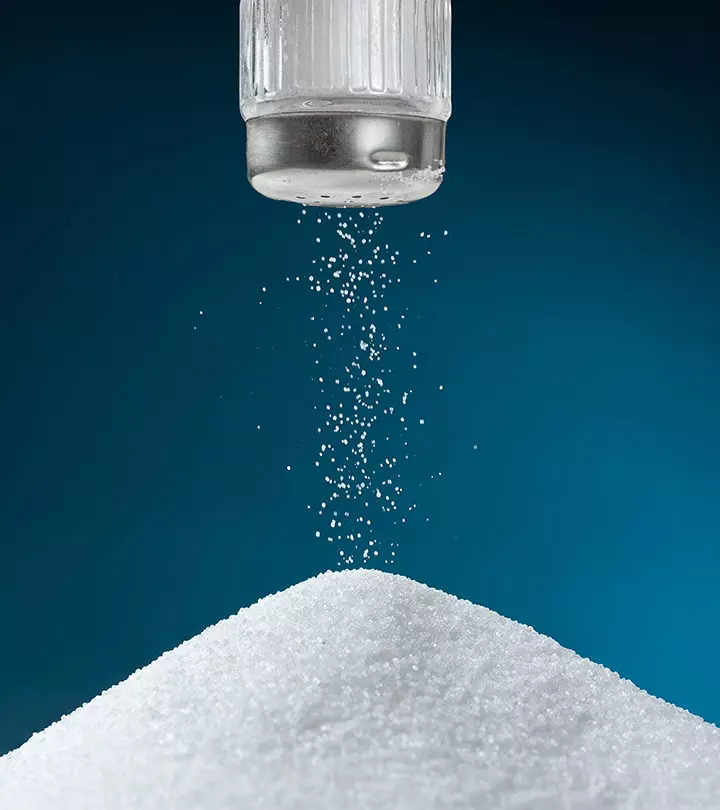
Image: Shutterstock
Sodium is an essential mineral that is involved in many bodily functions. It balances the water levels in your cells along with electrolyte (potassium, calcium, and magnesium) levels. Sodium affects muscle contractions and improves your heart’s health by regulating blood volume and pressure (1). Maintaining sodium balance is important since too much of it can be harmful (2). This article discusses the importance of sodium, the recommended intake, dietary sources, and what to avoid. Keep reading.
In This Article
What Is Sodium? Why Is It Essential?
First things first.
Sodium is essential. Healthcare marketing companies (some of them, we mean) have shunned sodium and tarnished its image. But guess what? Just like other minerals, sodium is also one. It is classified as an electrolyte as it carries an electric charge (3).
It works with other electrolyte minerals like potassium, calcium, and magnesium to balance the water levels in your cells. It even stimulates your nerve impulses and plays a role in muscle contractions (2).
It regulates blood volume and blood pressure, thereby enhancing the health of your heart (1), (4). We mean, hey, sodium is important.
 Trivia
TriviaAnd oh, by the way, what are the foods high in sodium?
Key Takeaways
- Sodium maintains the electrolyte balance in the body and regulates healthy blood pressure.
- Table salt, processed cheese, soy sauce, celery, olives, and ham are some foods that are rich in sodium.
- Headaches, confusion, muscle cramps, nausea, and weakness are some symptoms of low sodium in the body.
- You can consume fish, eggs, or chicken to lower your daily sodium intake.
What Are The Foods High In Sodium?
Here is the list of sodium-rich foods:
- Table salt
- Salami
- Pickles
- Soy sauce
- Processed cheese
- Ham
- Beef jerky
- Celery
- Olives
- Swiss chard
- Shrimp
1. Table Salt
Serving size – 1 tablespoon (18 grams)Sodium – 6980 milligramsDaily value – 303%
As the values show, table salt is excessively high in sodium (5). You can add a pinch of it in your dishes for taste.
But if you are perfectly healthy, don’t avoid table salt totally. As we say, sodium is important for health.
How To Include In Your Diet
Add a pinch of it to your dishes.
Kristina shared her experience of being on a salt-free diet for over 8 years and how adding hot yoga to her usual fitness routine made her tired in the morning. Her coach advised adding a pinch of salt to her food to relieve the lethargic feeling. She said, ” I haven’t noticed any swelling, my energy levels haven’t completely changed or anything like that. I haven’t been sluggish, either. I just feel very stable and normal. There have not been any extreme changes that I’ve noticed physically after eating salt other than I feel a little bit more energetic (i).”
 Trivia
Trivia2. Salami
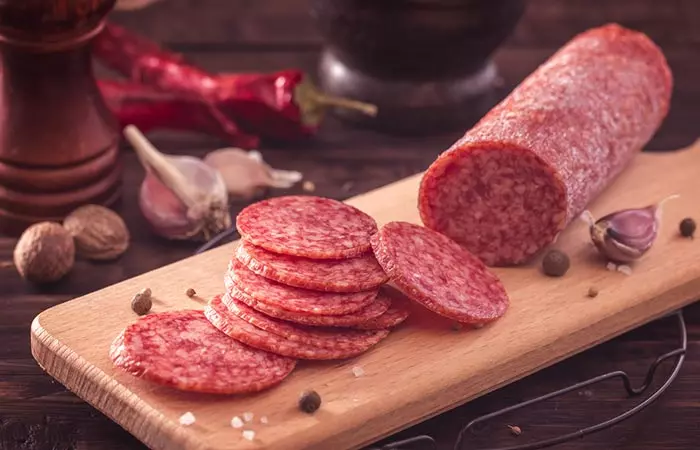
Serving size – 113 grams
Sodium – 2,550 milligrams
Daily value – 106%
This is the amount of sodium one package (or 4 oz) of dry or hard pork salami contains (6). Salami also contains decent amounts of iron and vitamin B12 – which protect the immune system and are essential for brain health (7), (8), (9).
How To Include In Your Diet
You can use it in your breakfast sandwich.
3. Pickles
Serving size – 143 grams Sodium – 1,251 milligrams Daily value – 52% Since pickles are made through the process of fermentation, they contain a good amount of probiotics.
These probiotics can improve gut health (10). And if they are fruit or vegetable pickles, you also have an added antioxidant advantage (11).
How To Include In Your Diet
Layering pickle slices on a peanut butter sandwich for breakfast can be a good start to your day.
4. Soy Sauce
Serving size – 18 grams Sodium – 1,006 milligrams Daily value – 42%
A 2005 study found that soy sauce has anti-allergenic properties. The sauce holds great promise in treating allergies, although more research is needed (12).
The sauce is also rich in isoflavones, which are natural antioxidants (13).
How To Include In Your Diet
You can use soy sauce as a seasoning while sautéing vegetables.
5. Processed Cheese
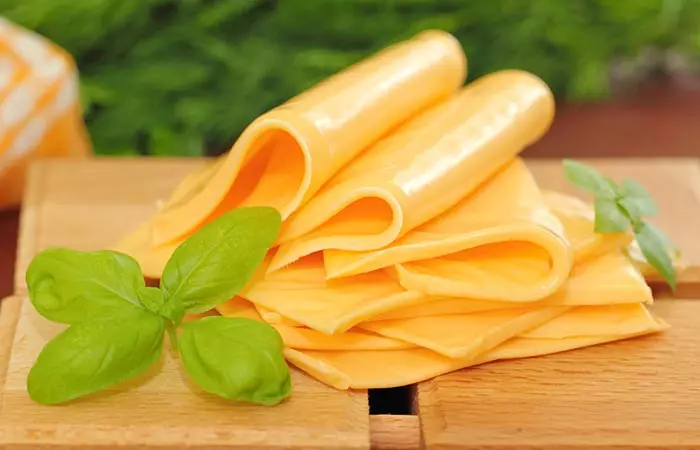
Serving size – 232 grams
Sodium – 745 milligrams
Daily value – 31%
Just like most meat foods, ham also contains a healthy amount of protein and zinc, a mineral important for your immune system (14), (15).
How To Include In Your Diet
You can instead go for cheese options that would have undergone less processing. Some of the healthier alternatives include ricotta or cottage cheese.
Simply add cheese to your breakfast toast. Or add the slices to a salad.
6. Ham
Serving size – 56 grams Sodium – 730 milligrams Daily value – 30%
Just like most meat foods, ham also contains a healthy amount of protein and iron. It also contains decent levels of zinc, a mineral important for your immune system.
How To Include In Your Diet
Opting for lean ham can be a better option. You can use this ham to make a protein-rich sandwich. Or even chop it into pieces and add to your breakfast omelet.
7. Beef Jerky
Serving size – 20 grams Sodium – 443 milligrams Daily value – 18%
It is often called healthy junk food. It is high in protein. The best part about beef jerky is it doesn’t raise your insulin levels, thanks to its high fat and low carbohydrate content (16). But better check for chemical-free brands as certain others are loaded with preservatives and aren’t worth your money.
How To Include In Your Diet
Simply grate beef jerky over a fresh salad.
8. Celery
Serving size – 110 grams Sodium – 88 milligrams Daily value – 4%
This probably is the healthiest in the list. The vegetable is a commendable source of antioxidants and other beneficial enzymes (17). It also contains vitamins C and K and potent minerals like potassium and folate (18).
How To Include In Your Diet
Celery is mostly water, so raw celery works fine. You can also add it to your everyday salad.
9. Olives
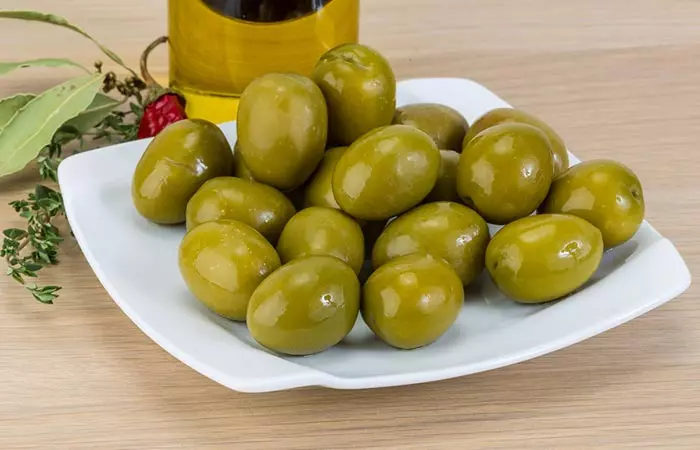
Serving size – 8 grams
Sodium – 72 milligrams
Daily value – 3%
Olives are replete with antioxidants, whose importance we cannot talk about enough. There are other compounds in olives that lower bad cholesterol (due to MUFA content) and even prevent bone ailments (19), (20).
How To Include In Your Diet
You can add olives to your breakfast omelet.
10. Swiss Chard
Serving size – 36 grams Sodium – 77 milligrams Daily value – 3%
Another vegetable in the list that is super-rich in vitamin K – an essential component for strong bones (21), (22). It also contains good amounts of vitamin A that is important for skin and vision health (23).
How To Include In Your Diet
Add the veggie to your salad.
11. Shrimp
Serving size – 100 gramsSodium –111 milligramsDaily Value – 5%
Shrimp is an excellent source of protein and sodium. It is loaded with nutrients and minerals such as iodine, zinc, magnesium, and phosphorus. Shrimps support muscle development and repair and also have cholesterol-lowering properties (24). Wild-caught shrimps usually contain less sodium than farm-raised and processed shrimps.
How To Include in Your Diet
Incorporate shrimp into your meals by grilling, stir-frying, or steaming it. You can add shrimp to salads, low-calorie pasta, or a quinoa breakfast bowl. However, as it has good amounts of sodium, try to consume it in moderation and limit it to twice a week.
Well, you saw the foods high in sodium. But wait – do you think you are getting enough sodium?
Are You Getting Enough Sodium?

We lose a little sodium every day through sweat. But our diet makes up for it. In case your sodium levels are excessively low, you might experience the following symptoms (24):
- Headache
- Nausea and vomiting
- Confusion
- Muscle cramps
- Irritability
- Weakness and fatigue
How do you ensure you are getting enough sodium? By sticking to the RDA of sodium.
What Is The Recommended Daily Allowance Of Sodium?
It is 2300 milligrams or less. Which is equal to just about one teaspoon of salt. That’s it. And it is almost impossible to not get that much sodium in a day.
Certain groups of people, especially those with heart disease/high blood pressure, need to reduce their sodium intake to 1500 milligrams or less a day (1).
Sodium is important. But in no way are we advocating a high sodium intake. We assume you already are having enough sodium in your diet (like most people).
Hence, it is important that you look at the other end of the spectrum.
Note: A person’s specific requirements for salt can change depending on their age, health, medications, and diet in general. Also, always consult a healthcare provider before making any changes to your sodium intake, especially if you have any health conditions like hypertension and heart issues.
How To Lower Your Sodium Intake?
Following are some of the ways you can reduce your sodium intake:
- Choose fresh fruits and vegetables over processed and canned ones with added salt as an evening snack.
- Use fresh meat instead of the packaged ones like deli meats, cured meats, and sausage.
- Select seasonings or spices that do not list sodium as one of their ingredients.
- Compare the labels of various brands of the same food, and pick the one with the least levels of sodium.
- Do your research before dining out. Visit the restaurant’s website and check the amount of sodium in each dish (if the info is available). You can then order the one with the least sodium once you go to the restaurant.
And also, avoid foods high in sodium. What are they?
What Are The High-Sodium Foods To Avoid?
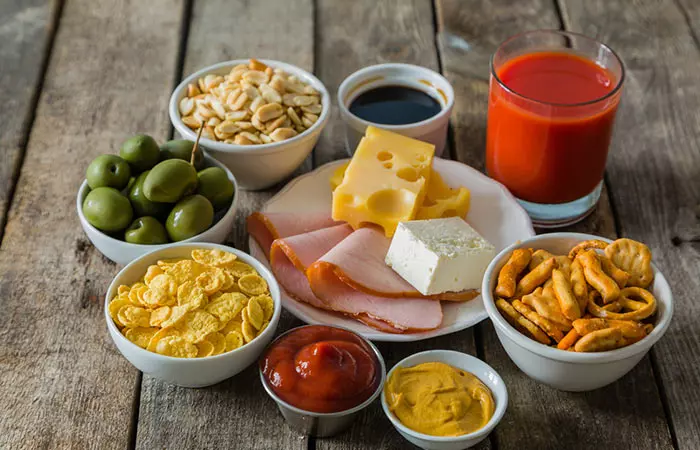
Following is the list of some of the most common high-sodium foods that you can avoid to keep a check on your sodium levels:
- Smoked fish, cured meat, or canned meat like anchovies, fish, or cold cuts
- Salted nuts
- Canned beans with added salt
- Frozen meals like breaded meats and dinners including pizza and burritos
- Buttermilk
- Processed cheese and sauces
- Breads and rolls with salted tops
- Salted crackers, popcorn, chips, pretzels, and other similar snack foods with high salt content.
- Prepackaged and processed mixes of potatoes, pasta, rice, and stuffing
- Vegetables made with ham, bacon, or even salted pork
- Commercially prepared pasta and salsa or tomato sauce
- Regular canned soup
- Cup of instant noodles and seasoned ramen mixes
- Seasoning salt and other sauces and marinades
- Margarine or salted butter
- Instant pudding or cake
- Ketchup and other condiments
- Bottled salad dressings
We ask you to avoid all of these because excess sodium can cause serious problems. Yes, sodium is vital. But never in excess.
The dangers of excess sodium include:
- Elevated blood pressure. The excess sodium holds excess fluid in the body, and this puts a burden on the heart. This eventually leads to heart attacks (25).
- As per research, Higher intake of sodium can also cause stomach/gastric cancer (26).
- Osteoporosis is another disease caused by excess sodium intake. The amount of calcium your body loses through urination increases with the amount of sodium you consume (27).
Therefore, it is essential to avoid these foods to stay healthy, especially considering how high sodium diets can lead to heart disease. Consult your doctor to learn more and how to plan a meal chart if you are confused. There are a few food options that contain less sodium that you can consider adding to your diet. Keep reading to learn more about them.
Which Foods Contain Less Sodium?
You can instead replace the aforementioned high-sodium foods with any of these:
- Fish or shellfish
- Unsalted nuts and seeds
- Eggs
- Chicken or turkey breast (without skin)
- Dried peas and beans
- Fresh fruits and vegetables
- Lentils and oats
Infographic: 5 Sodium-Rich Foods To Consume Daily
Sodium is necessary for many bodily functions. It balances water and electrolyte levels in the cells, influences muscle contractions, improves heart health, and regulates blood pressure. Hence, it needs to be consumed in optimum amounts. There are certain foods that have a higher sodium content compared to others that you can include in your daily diet. Go through the infographic below to learn about these sodium-rich foods.
Some thing wrong with infographic shortcode. please verify shortcode syntaxUnlock the power of a sodium-rich diet for optimal health. Explore foods high in sodium in this informative video to elevate your nutrition game.
While sodium helps maintain the electrolyte balance of your body, it is important not to overdo it. You must thus be aware of food items with potentially high sodium content. Pickles, soy sauce, cheese, ham, olives, salami, and beef jerky are a few of the commonly consumed food items that can increase your sodium levels beyond the required limit. While the recommended daily allowance of sodium is 2300 mg or less, people with high blood pressure or other cardiac conditions should limit their salt intake to less than 1500 mg per day. Along with avoiding sodium-rich fruits and vegetables, choosing fresh fruits and veggies over junk food helps maintain the right sodium and electrolyte balance in your body.
Frequently Asked Questions
How good (or bad) is sodium for fat loss?
Though excess sodium doesn’t have much of an effect on fat loss, it sure can obstruct weight loss. This is because sodium intake causes you to retain more water in your system – causing an increase in water weight. So, a low-sodium diet might be beneficial for you and help you with weight management.
Is a high-sodium intake bad for health irrespective of the age?
Absolutely. High sodium intake increases calcium loss from the bones and may cause water retention in the body.
How does the sodium content in processed foods compare to that in fresh, whole foods?
Processed foods usually have a higher sodium content than fresh, whole foods. The extra salt in them adds flavor and helps extend their shelf life.
How does the sodium content in restaurant or fast food meals compare to home-cooked meals?
Restaurant and fast food meals have more sodium content than home-cooked meals. The additional salt further enhances their taste.
Illustration: Best High-Sodium Foods To Include In Your Daily Diet
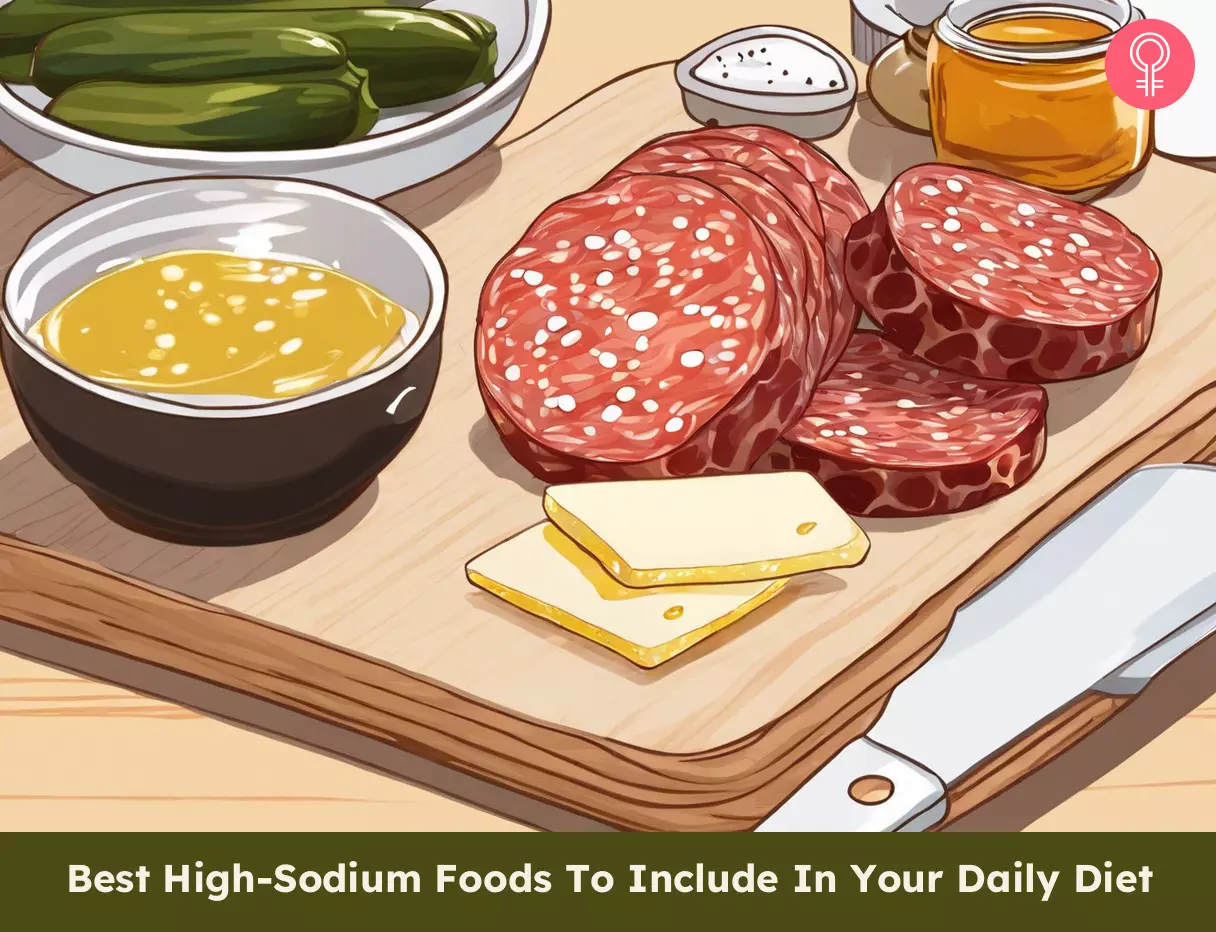
Image: Stable Diffusion/StyleCraze Design Team
Personal Experience: Source
StyleCraze's articles are interwoven with authentic personal narratives that provide depth and resonance to our content. Below are the sources of the personal accounts referenced in this article.
i. Why I Started Eating Salt After 8 Years | FullyRaw Veganhttps://www.youtube.com/watch?v=JsaM5rTC674
References
Articles on StyleCraze are backed by verified information from peer-reviewed and academic research papers, reputed organizations, research institutions, and medical associations to ensure accuracy and relevance. Read our editorial policy to learn more.
- Sodium in diet
https://medlineplus.gov/ency/article/002415.htm#:~:text=Function&text=The%20body%20uses%20sodium%20toand%20nerves%20to%20work%20properly. - The role of sodium in the body
https://www.researchgate.net/publication/314420338_The_role_of_sodium_in_the_body - Electrolytes
https://www.ncbi.nlm.nih.gov/books/NBK541123/#:~:text=Sodium%2C%20which%20is%20an%20osmoticallyelectrolytes%20in%20the%20extracellular%20fluid. - The prognosis of heart failure patients: Does sodium level play a significant role?
https://www.ncbi.nlm.nih.gov/pmc/articles/PMC6224129/ - Salt table
https://fdc.nal.usda.gov/fdc-app.html#/food-details/173468/nutrients - Salami dry or hard pork
https://fdc.nal.usda.gov/fdc-app.html#/food-details/172938/nutrients - Immune Function and Micronutrient Requirements Change over the Life Course
https://www.ncbi.nlm.nih.gov/pmc/articles/PMC6212925/ - Vitamin B-12 and Cognition in Children123
https://www.ncbi.nlm.nih.gov/pmc/articles/PMC5015033/ - The role of iron in brain ageing and neurodegenerative disorders
https://www.ncbi.nlm.nih.gov/pmc/articles/PMC5672917/ - Probiotics and the Gut Immune System: Indirect Regulation
https://pubmed.ncbi.nlm.nih.gov/28861741/ - Traditionally fermented pickles: How the microbial diversity associated with their nutritional and health benefits?
https://www.sciencedirect.com/science/article/pii/S175646462030195X - In vitro and in vivo anti-allergic activity of soy sauce
https://www.researchgate.net/publication/8223912_In_vitro_and_in_vivo_anti-allergic_activity_of_soy_sauce - Antioxidant action of soy isoflavones on oxidative stress and antioxidant enzyme activities in exercised rats
https://www.ncbi.nlm.nih.gov/pmc/articles/PMC4252520/ - Ham sliced pre-packaged deli meat (96%fat free water added)
https://fdc.nal.usda.gov/fdc-app.html#/food-details/173863/nutrients - Zinc and immune function: the biological basis of altered resistance to infection
https://pubmed.ncbi.nlm.nih.gov/9701160/ - Snacks beef jerky chopped and formed
https://fdc.nal.usda.gov/fdc-app.html#/food-details/167536/nutrients - A Review of the Antioxidant Activity of Celery (Apium graveolens L)
https://www.ncbi.nlm.nih.gov/pmc/articles/PMC5871295/ - Celery raw
https://fdc.nal.usda.gov/fdc-app.html#/food-details/169988/nutrients - Comparison of blood lipid-lowering effects of olive oil and other plant oils: A systematic review and meta-analysis of 27 randomized placebo-controlled clinical trials
https://pubmed.ncbi.nlm.nih.gov/29420053/ - Olives and Bone: A Green Osteoporosis Prevention Option
https://pubmed.ncbi.nlm.nih.gov/27472350/#:~:text=Human%20studies%20revealed%20that%20dailyprevent%20osteoporosis%20among%20the%20elderly. - Chard swiss raw
https://fdc.nal.usda.gov/fdc-app.html#/food-details/169991/nutrients - Vitamin K and bone health
https://pubmed.ncbi.nlm.nih.gov/11684396/#:~:text=The%20human%20intervention%20studies%20haveworks%20synergistically%20on%20bone%20density. - What is vitamin A and why do we need it?
https://www.ncbi.nlm.nih.gov/pmc/articles/PMC3936685/ - Hyponatremia
https://www.ncbi.nlm.nih.gov/books/NBK470386/ - Is too much salt harmful? Yes
https://www.ncbi.nlm.nih.gov/pmc/articles/PMC7384997/ - Dietary Salt Intake and Gastric Cancer Risk: A Systematic Review and Meta-Analysis
https://www.frontiersin.org/journals/nutrition/articles/10.3389/fnut.2025.801228/full - Sodium and bone health: impact of moderately high and low salt intakes on calcium metabolism in postmenopausal women
https://pubmed.ncbi.nlm.nih.gov/18410231/
Read full bio of Madhu Sharma
Read full bio of Ravi Teja Tadimalla
Read full bio of Arshiya Syeda
Read full bio of Aparna Mallampalli






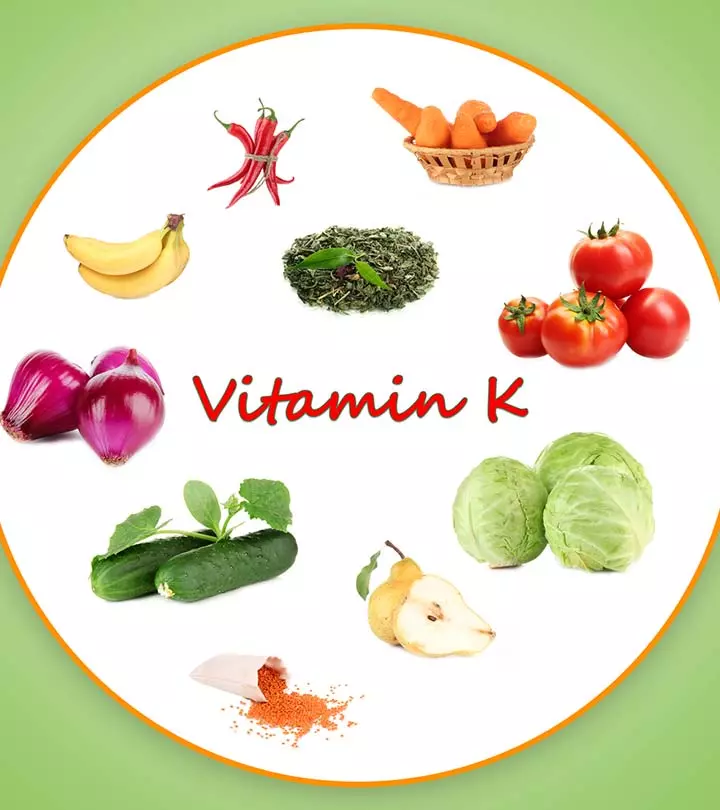
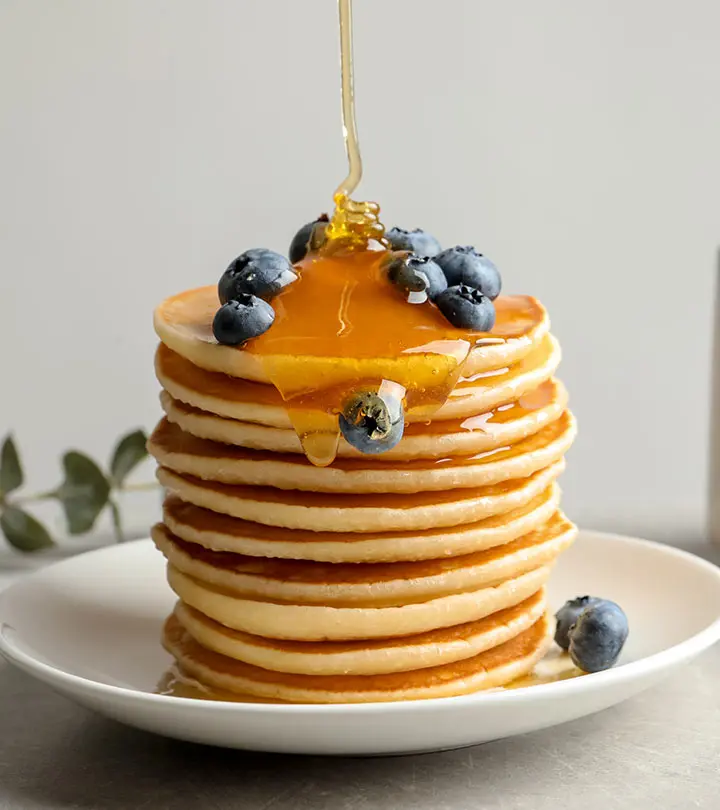
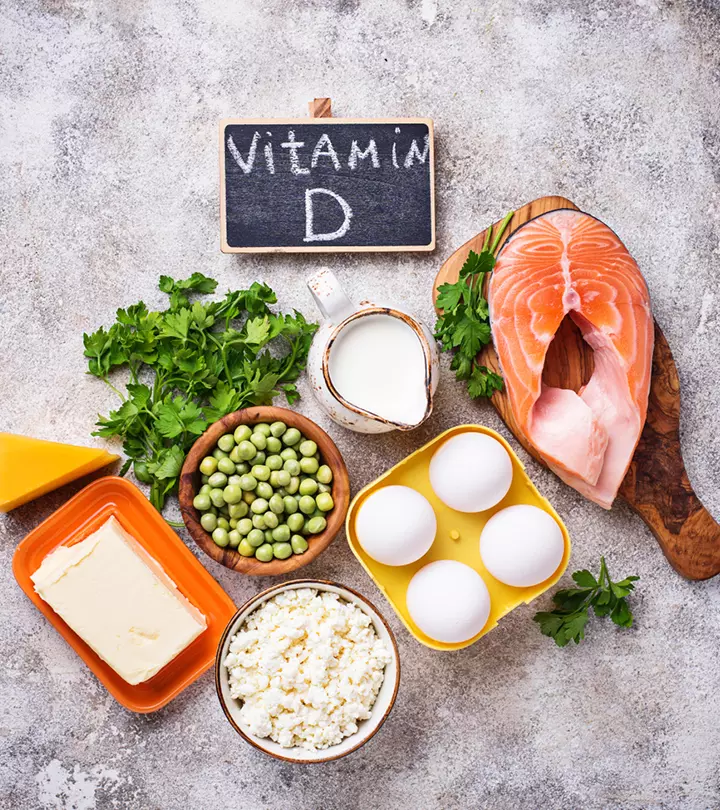
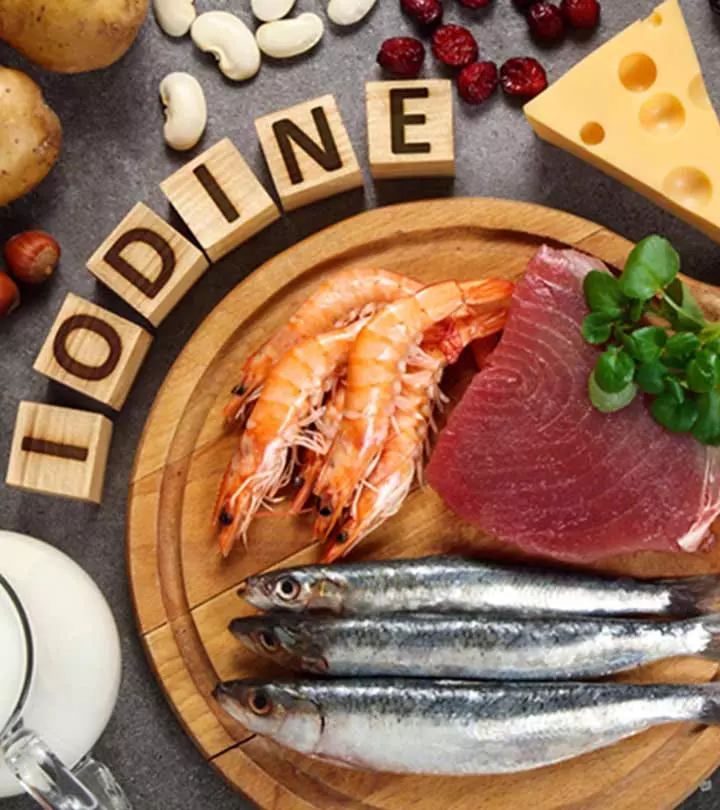

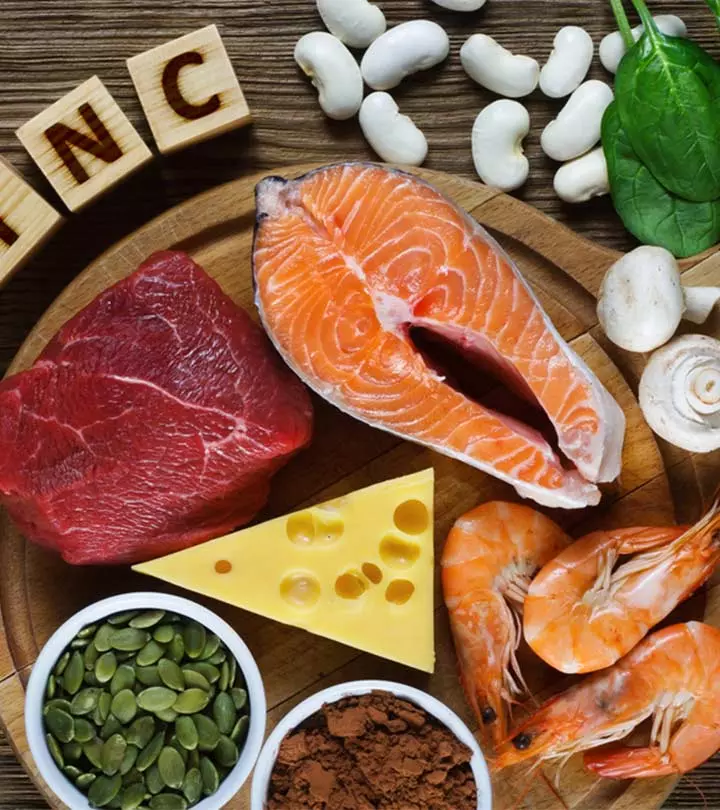
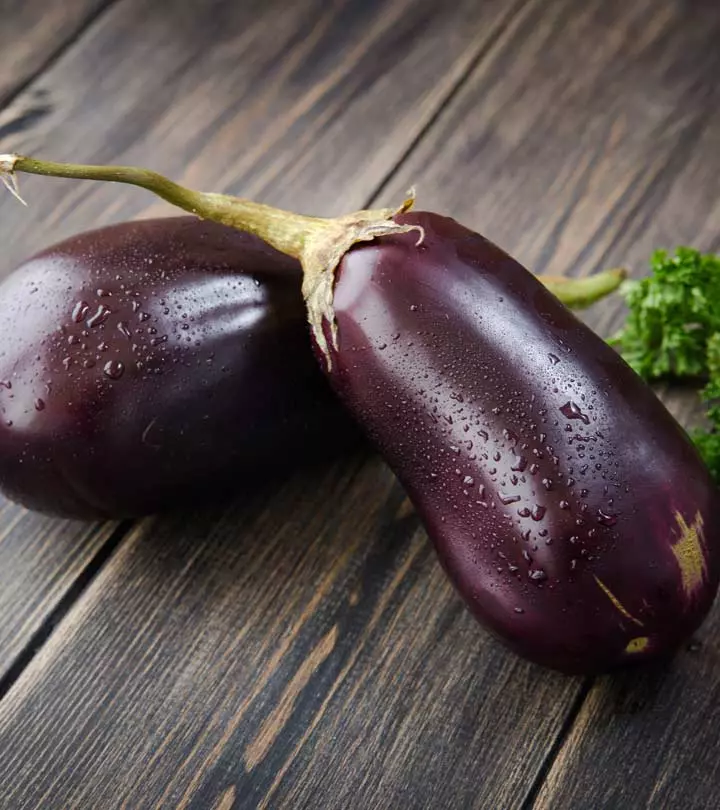
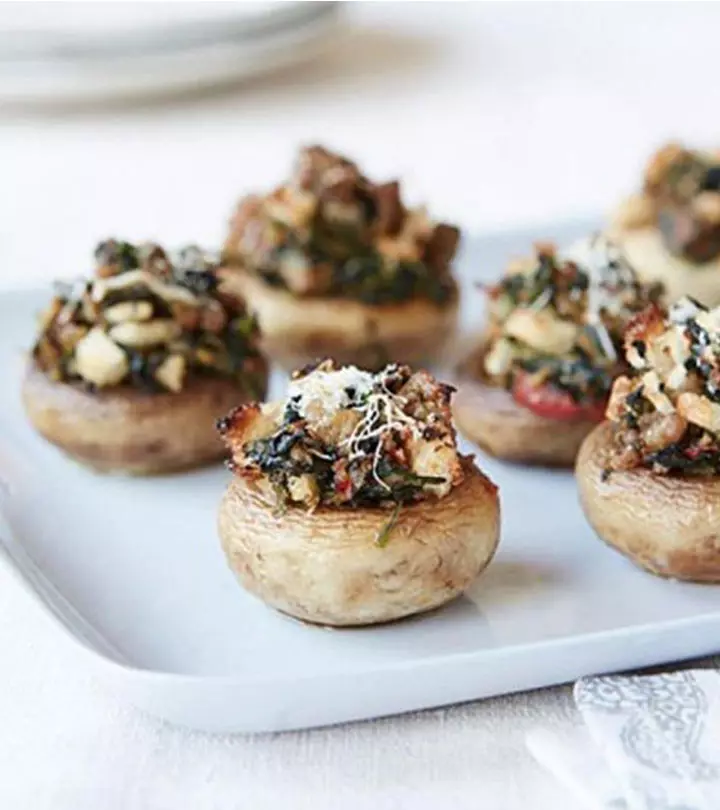
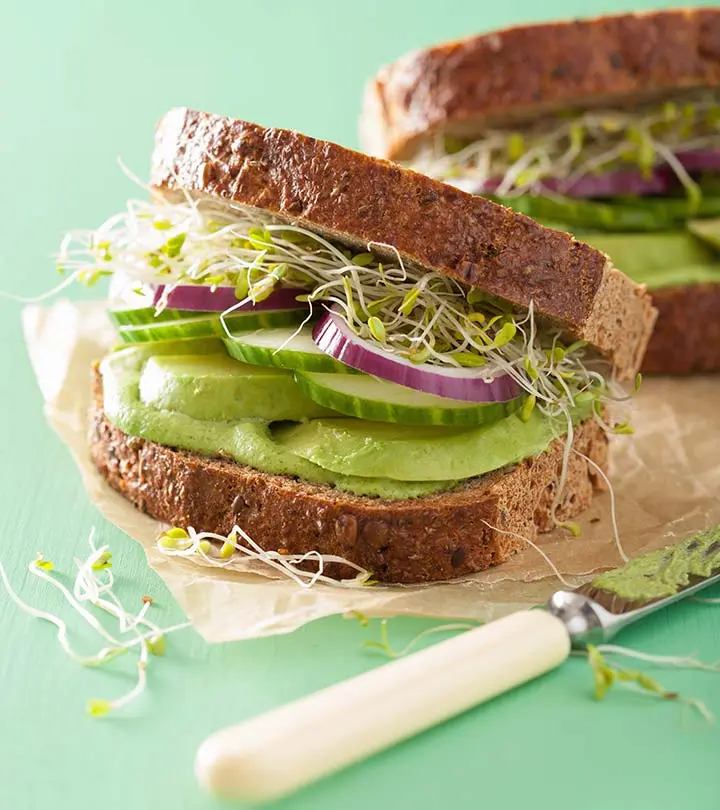
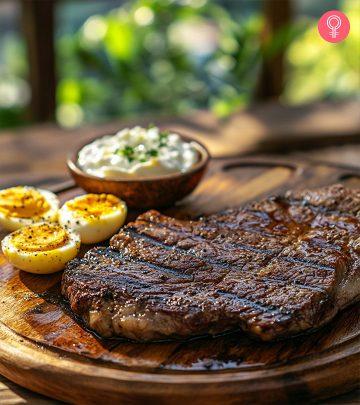
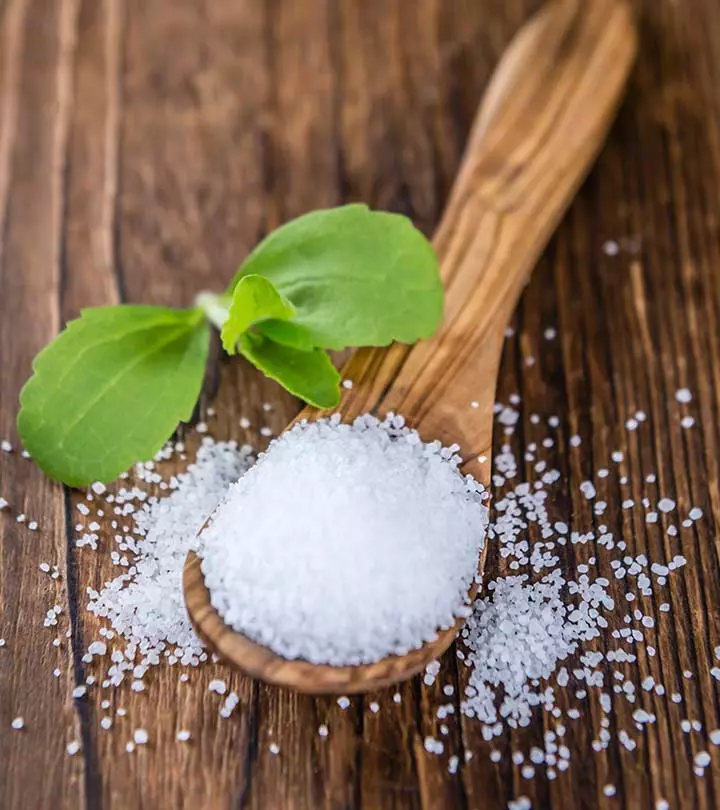
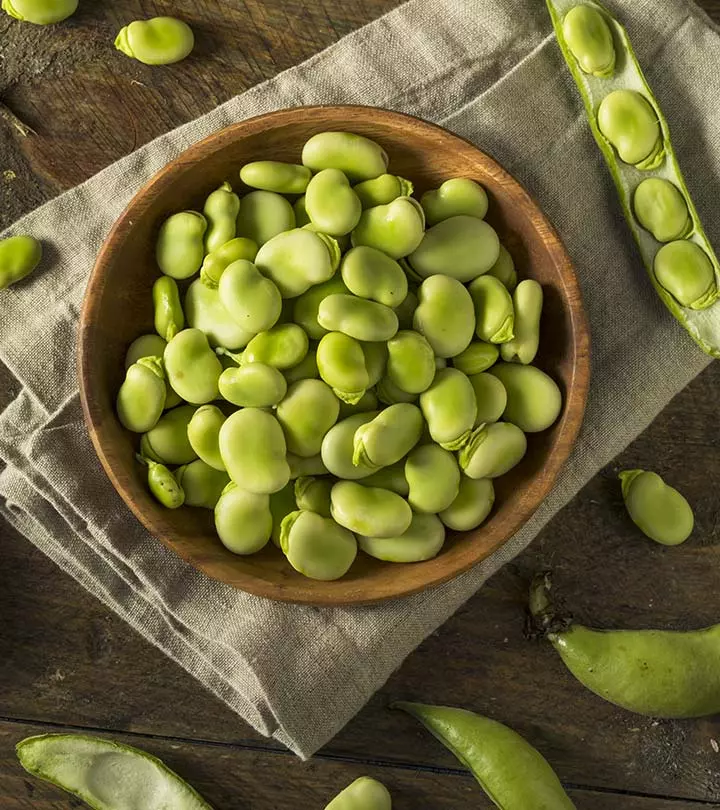
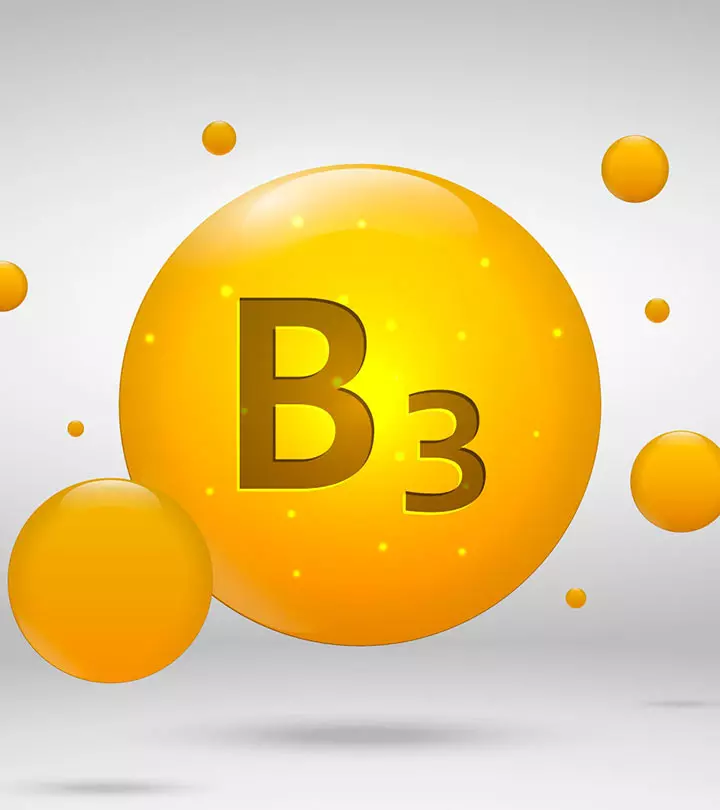
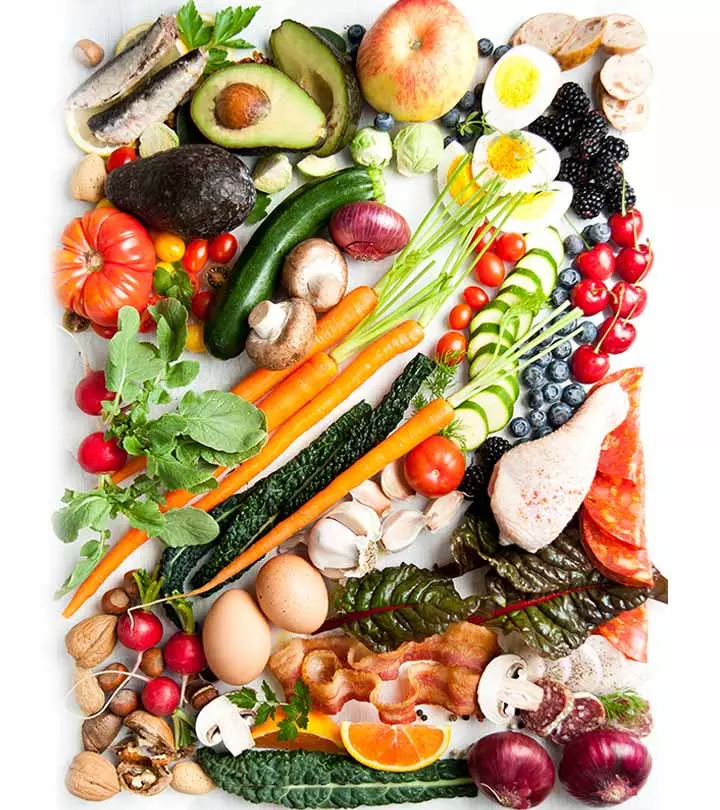
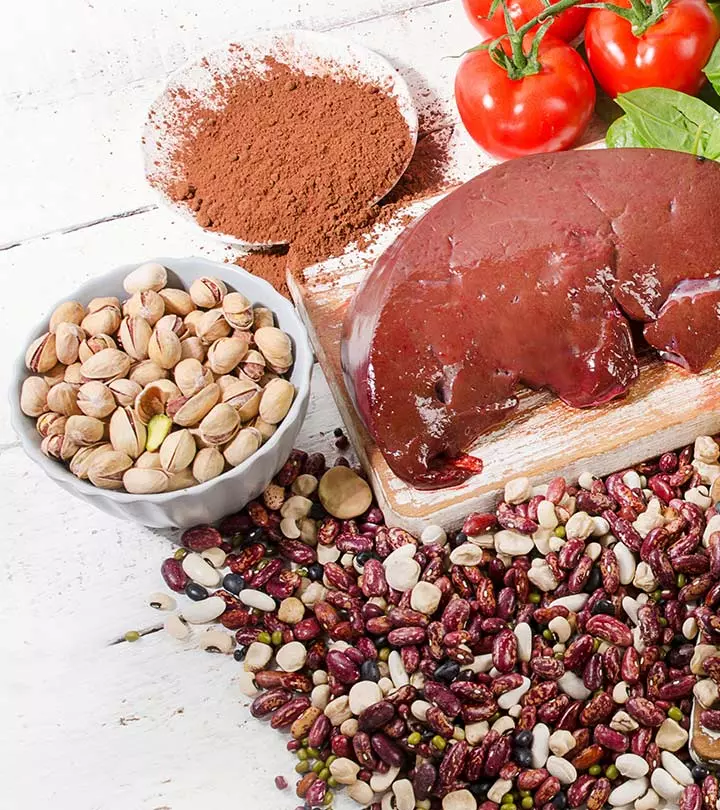
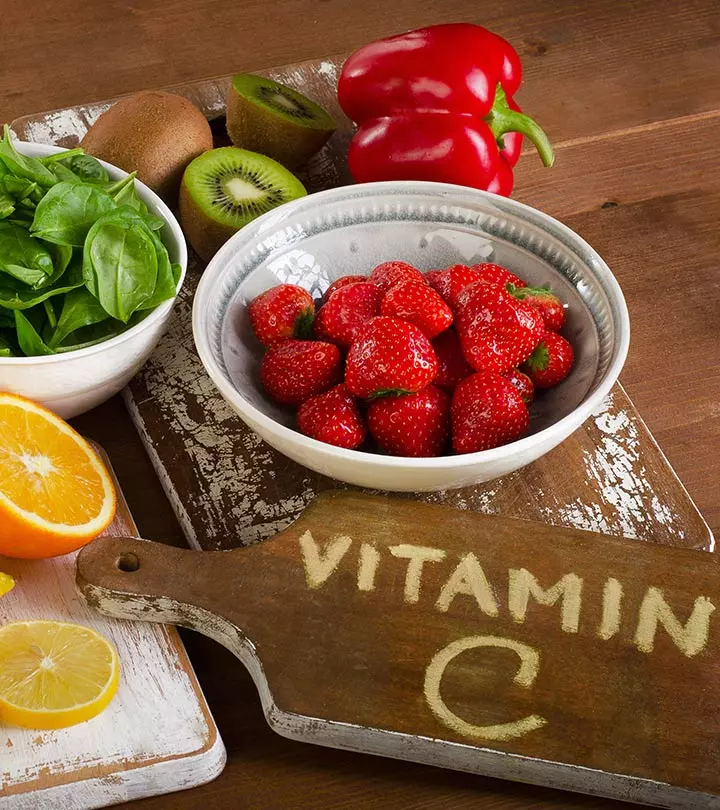
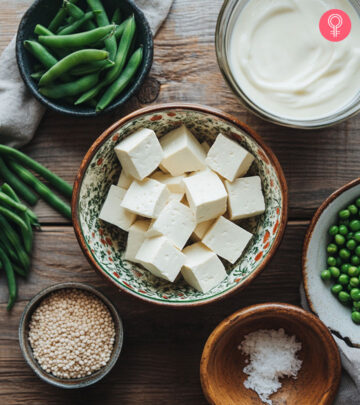
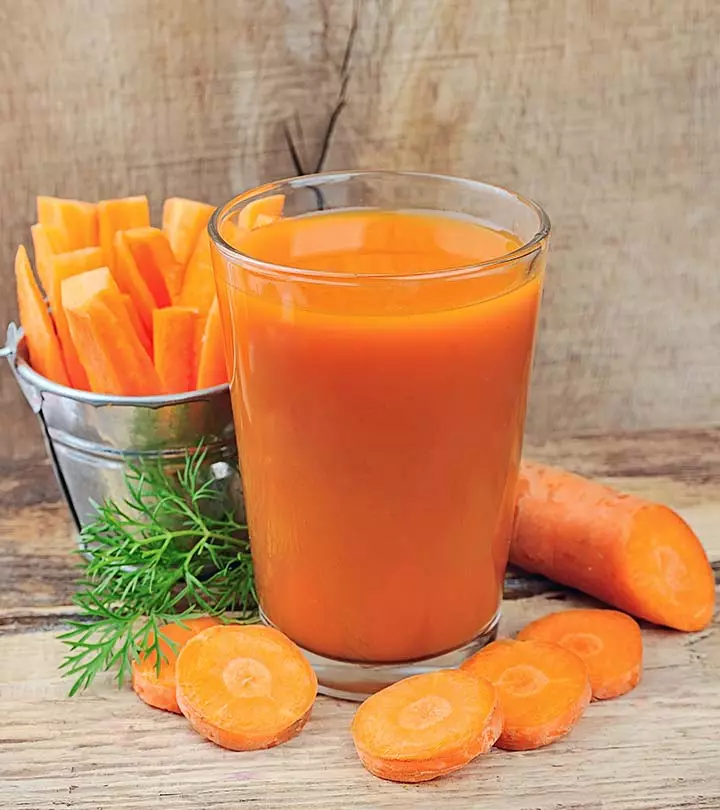
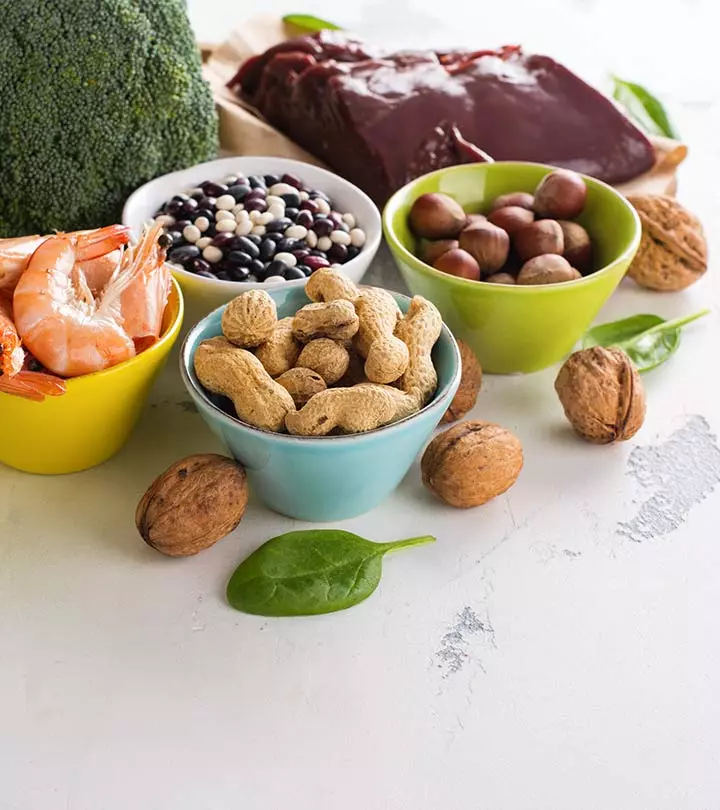
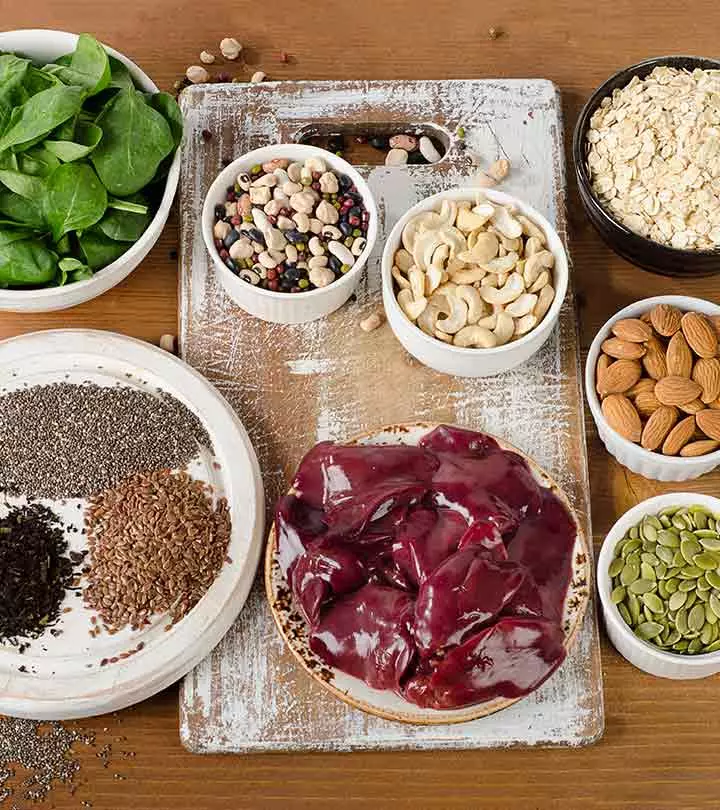
Community Experiences
Join the conversation and become a part of our empowering community! Share your stories, experiences, and insights to connect with other beauty, lifestyle, and health enthusiasts.